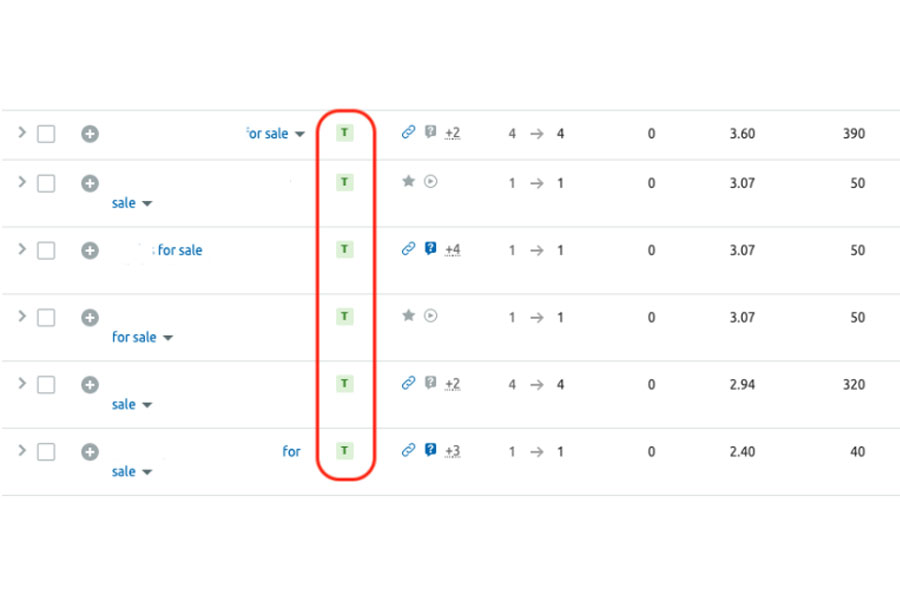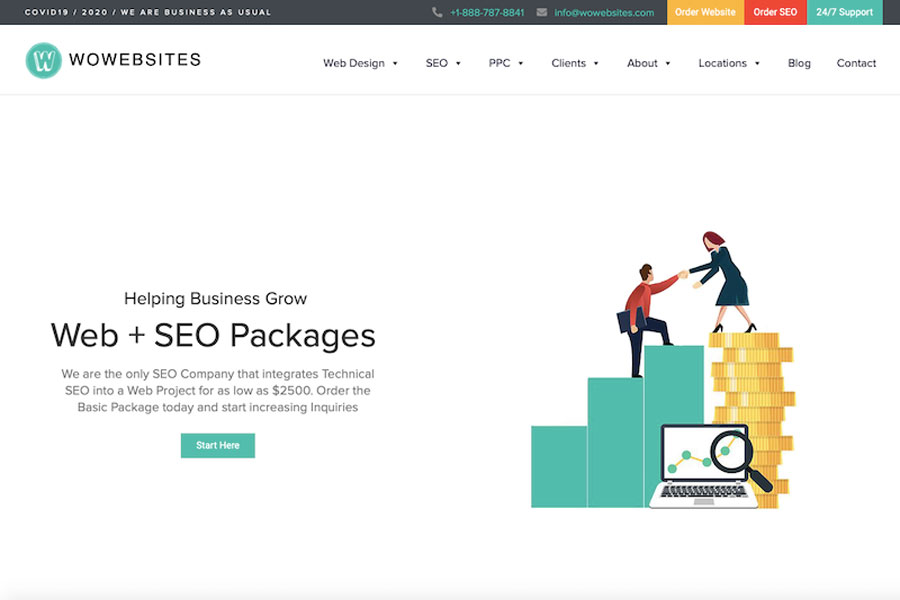How Website Performance Impacts SEO: A Case Study
We have a real estate client, which, as everyone knows is a content-heavy website because of all the images each listing has. Recently, their server started experiencing down-time, which is a critical issue. This incident posed an immediate threat to the online visibility of the website. This could have affected their SERP (Search Engine Result Pages) rankings so it was urgent that we resolve the downtime immediately.
Event Breakdown and Initial Findings
The incident occurred on March 17, 2024, when we were alerted to a server downtime issue early in the morning. Martin Mercado, our lead developer, promptly collaborated with AWS Premium Support to dissect the problem. The analysis highlighted two main concerns affecting the server, which was already under the strain of hosting thousands of real estate listings, each with approximately 20 images.
Here are the details of the findings:
- High CPU Utilization: Peaks of CPU usage indicated not just a single event but a recurring challenge that had intermittently impacted the website’s performance. This raised flags about the server’s ability to handle traffic spikes and perform under pressure.
- Increased Storage Usage: The diagnosis also uncovered elevated IOPS usage, suggesting that storage performance was bottlenecking, thereby slowing down the website—a critical SEO factor.
Addressing the Challenges Through Optimization
Recognizing the critical connection between server performance, user experience, and SEO rankings, our team embarked on a comprehensive strategy to address the identified issues. Our objective was clear: to enhance the server’s capability to efficiently manage the website’s demands, thereby ensuring its online visibility and SERP rankings remained uncompromised.
Here’s how we approached the situation:
Optimizing Traffic and Database Interactions
Our first step was to conduct an audit of the website’s traffic patterns and database management practices. This was essential for identifying the root causes of the high CPU utilization and increased storage usage that had led to the server downtime. By understanding how users interacted with the site and how data was queried and stored, we could pinpoint inefficiencies and areas for improvement.
- Analyzing Traffic Patterns: We meticulously analyzed the website’s traffic to understand peak usage times and the most visited listings. This enabled us to predict server load and allocate resources more effectively, ensuring the server could handle high traffic volumes without compromising performance.
- Reviewing Database Management Practices: Our review extended to the website’s database operations. We optimized the efficiency of database queries and restructured data storage to ensure quicker access. Simplifying complex queries and enhancing database organization reduced the load on the server, contributing to faster page load times.
- Server Migration for Optimized Performance: Recognizing the link between server performance, user experience, and SEO, we strategized on a comprehensive approach to address the problem: server migration. We decided to migrate the website to a larger server. This strategic move was designed not only to resolve the immediate issues of CPU and storage bottlenecks but also to provide a scalable solution that could accommodate future growth. The migration involved a detailed planning and execution phase, ensuring minimal downtime and no loss of data. By transitioning to a more robust server with enhanced capabilities, we were able to significantly improve website load times and overall performance. This was a critical step towards not just restoring SEO concerns but actually enhancing the website’s user experience.
The Impact on SEO and User Experience
The strategies we implemented directly reduced website load times, significantly enhancing the user experience by making pages load faster, thus encouraging visitors to stay longer and engage more deeply with the listings. This improvement aligns with SEO best practices and benefits our real estate client by boosting user engagement. Additionally, by ensuring the website remained fast and responsive, we decreased the risk of high bounce rates, as a well-performing website retains users and encourages interaction with more content, potentially increasing conversion rates. These improvements in server performance and website speed had a positive impact on the website’s SEO rankings, as search engines prioritize sites that offer an excellent user experience. By addressing the technical issues causing server downtime, we effectively safeguarded our client’s online visibility, demonstrating the critical link between server efficiency, user satisfaction, and SEO success.
A Proactive Approach to Server Management and SEO
The server downtime incident served as a pivotal learning opportunity for our team and highlighted the importance of a proactive approach to server management. By addressing the challenges head-on and implementing strategic optimizations, we not only resolved the immediate issue but also strengthened the website’s foundation for future growth.
In the competitive realm of the real estate industry, maintaining a high-performing, user-friendly website is key to staying ahead. At WOWebsites.com, we remain committed to delivering solutions that support our clients’ online success, ensuring their websites are not just visible but also deliver the best possible experience to their users.





